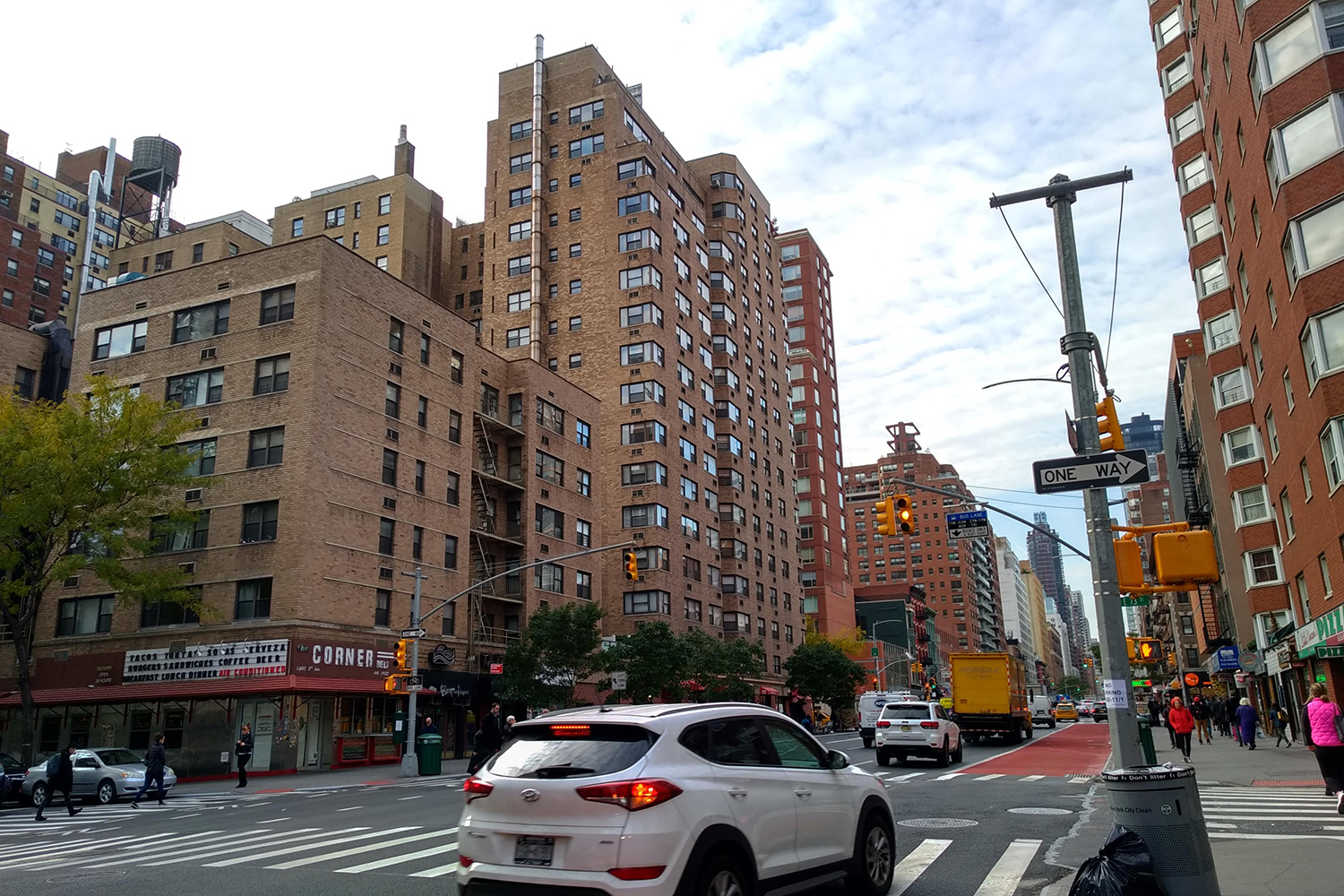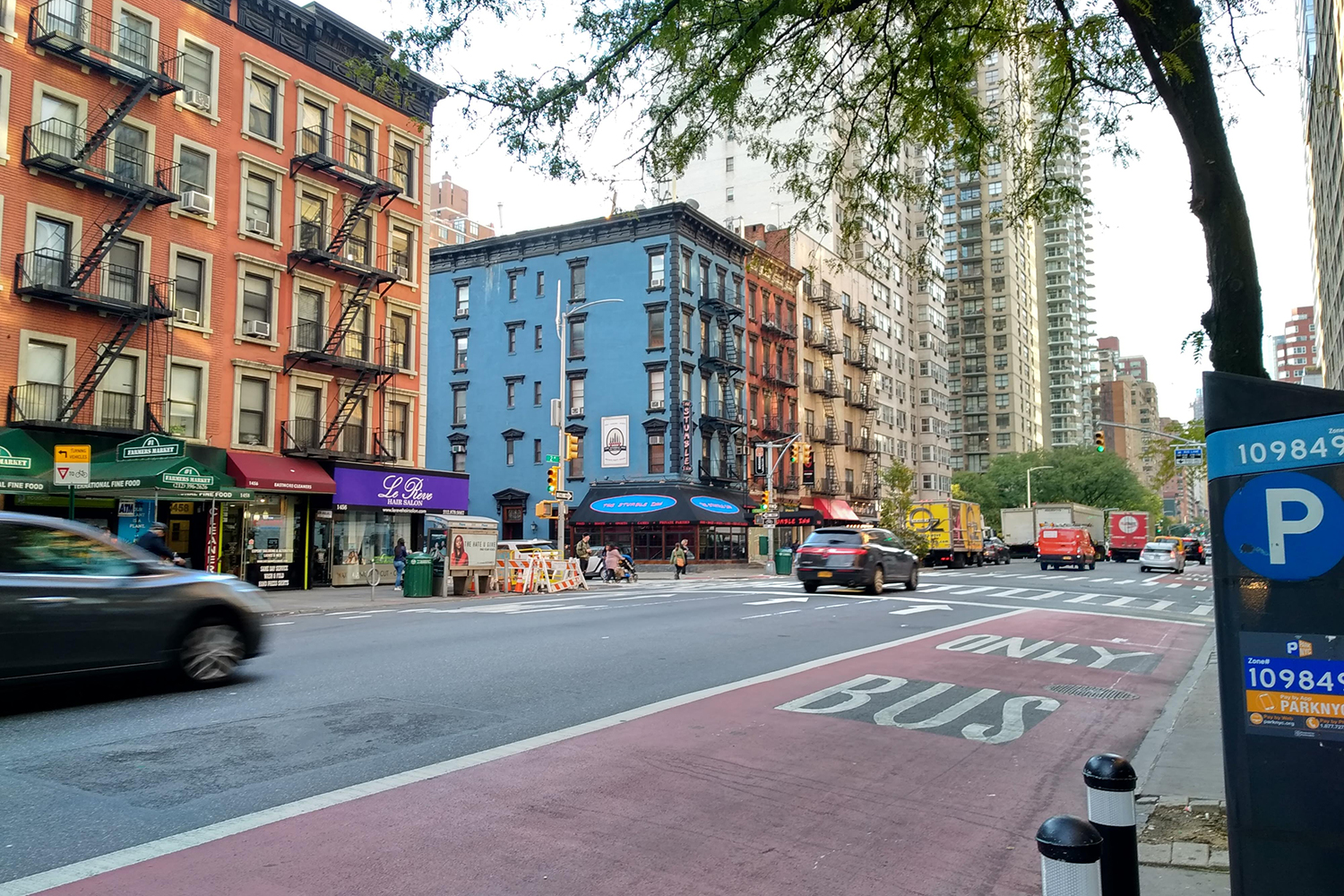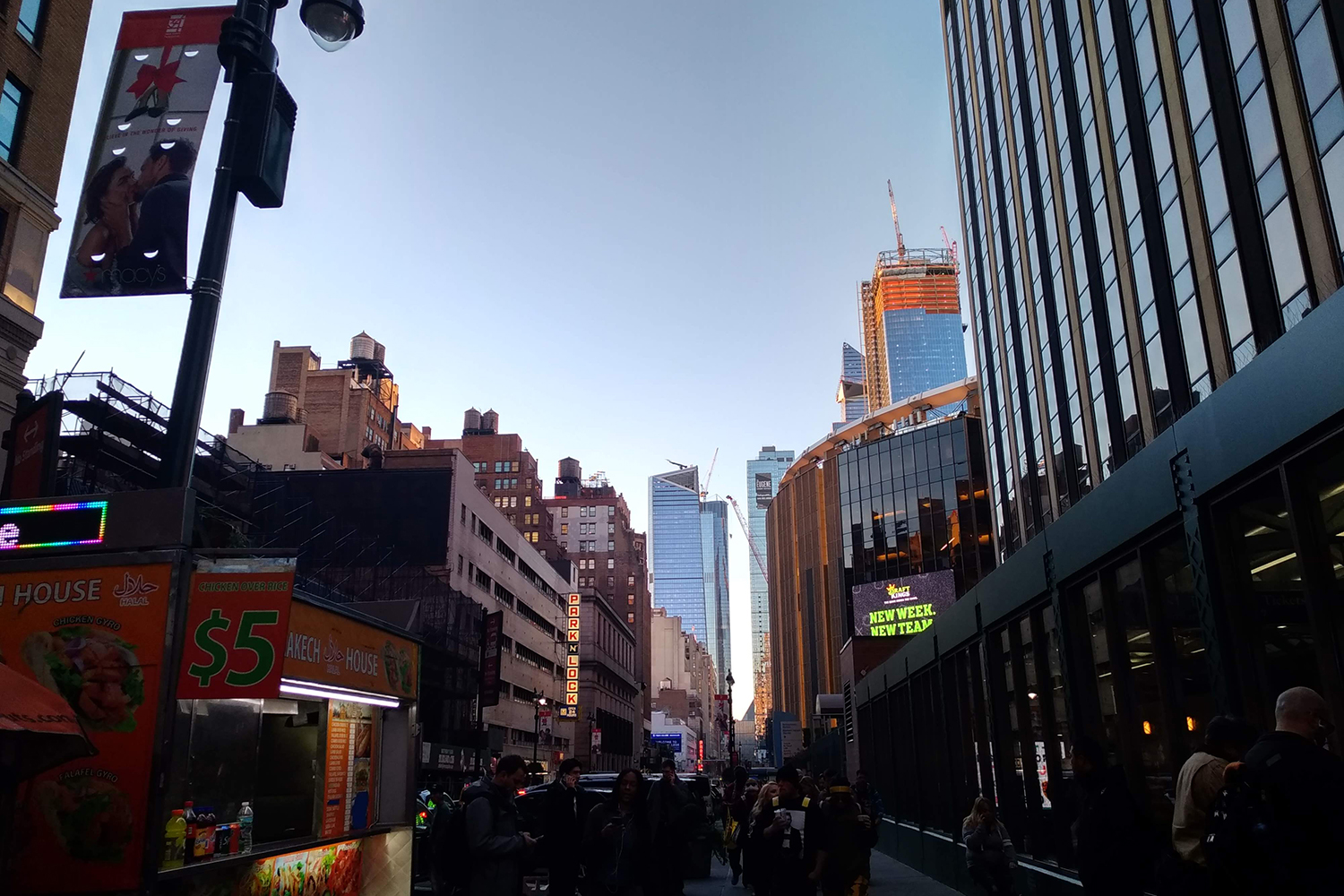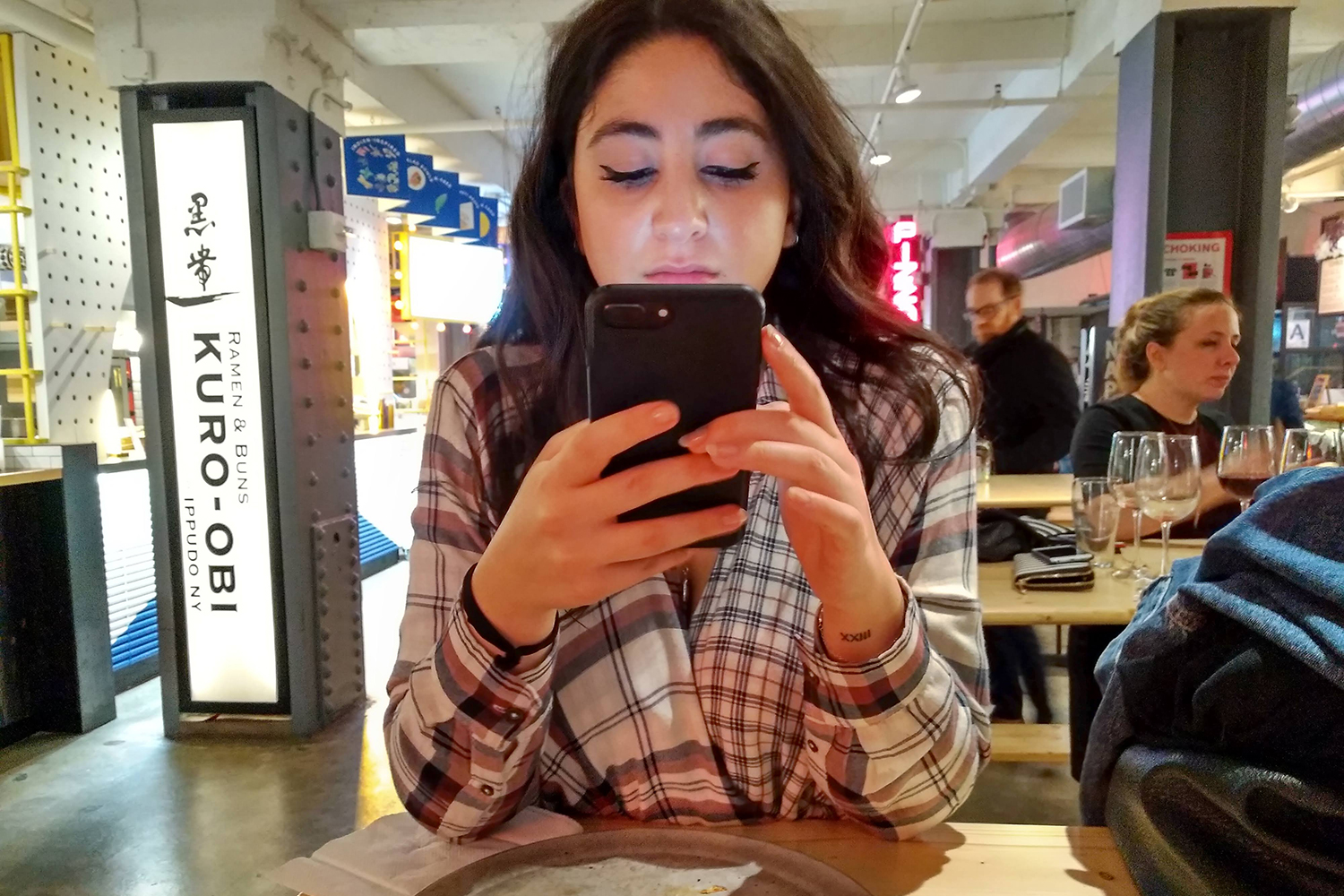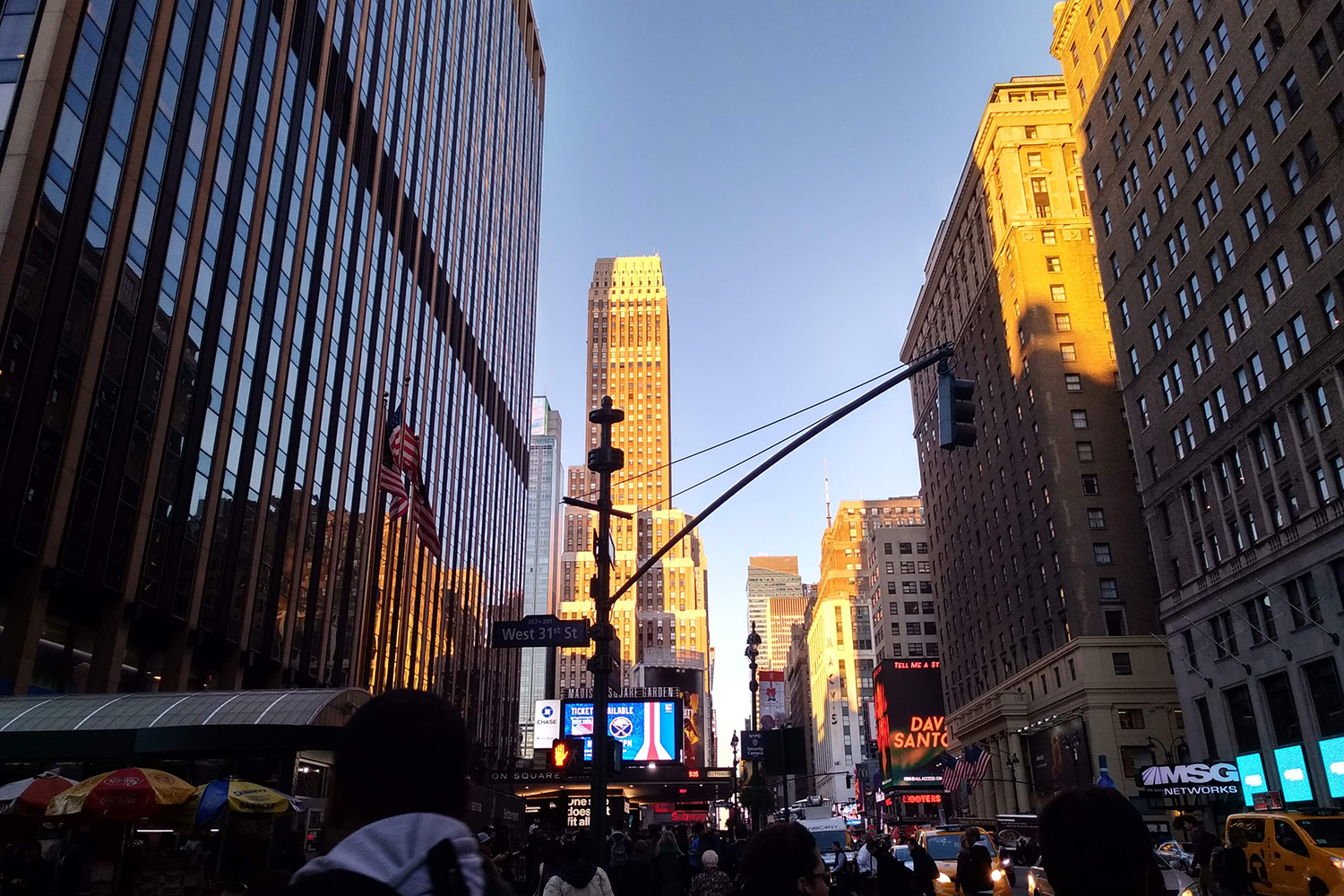“At $350 -- with an additional $10 a month -- the Palm holds no value as a secondary phone.”
- None
- Expensive
- Redundant uses
- Locked to Verizon
- Poor battery life
- Mediocre camera
It has been eight years since Palm — the company behind popular Personal Digital Assistants (PDA) — became defunct, and now it’s back. This time, Palm is run by a group of people who have no historic attachment to the previous devices, and the first product (also named Palm) is manufactured by TCL, the same company that licenses and manufactures Blackberry smartphones.
The new Palm is a lightweight, tiny smartphone, but it’s not meant to be your primary phone. It’s a companion device that syncs to your iOS or Android phone, and it’s meant to be used for weekend trips, nights out, or workouts. Its key purpose is to help you disconnect from technology, because the screen is so small you’ll hate using it, but you’ll still be able to receive notifications in case of emergencies. But for $350, the Palm doesn’t add any value. You’re better off buying a smartwatch or a dumb phone, or maybe just use the Do Not Disturb feature on your smartphone.
Editor’s note: Palm has since released a stand-alone Palm model you can use without the need of a primary phone. It works on AT&T, Verizon, and T-Mobile, but not Sprint. Read our impressions using the stand-alone model for more.
Redundant hardware … and software
First things first. The Palm won’t work as a standalone smartphone. It uses Verizon’s NumberShare service to sync all of your calls and text messages from your primary phone using Verizon’s messaging app, Message+ — so you don’t need to activate a new line or use a seperate phone number. Once the Palm is connected with your primary smartphone, all of the notifications, alerts, texts, and calls you receive on your main smartphone will also appear on the Palm. That way, you can easily switch between the two. That does mean paying Verizon $10 a month for cellular connectivity on the Palm.

You’re able to get all your notifications because the Palm is an Android phone, so it essentially installs all the same apps on your phone (the Android version if you have an iPhone). Even though it does this, you may want to pick and choose the apps you want to install on the Palm. The point is to keep you from constantly checking notifications, so the fewer apps installed, the better.
Our first look at the all black aluminum body wrapped in Corning Gorilla Glass made us wish it was more rugged — especially if we’re taking it out with us on trips and to bars. But after spending some time with the Palm, it’s not as delicate as it looks. An IP68 water resistance rating helps, as it means the phone can survive a drop in the pool.
The Palm won’t work as a standalone smartphone.
The Palm feels like a budget phone with a simple design. It’s tiny, so it’s easy to hold, and the curved edges help with grip. The back is minimal, but it’s quite reminiscent of Apple’s iPhone X thanks to the vertical camera module. On the right side is a power button and SIM card tray — but Palm says not to open it or else you’ll damage the device. The company explained that federal regulations require devices to list an IMEI number on an external portion of the device, so Palm hides it inside a SIM tray. You still can’t use it as your primary phone for now.
There’s no volume rocker, so you have to swipe down on the menu to control audio coming out of Bluetooth earbuds (there’s no headphone jack). You can set it so a volume menu pops up by pressing the power button twice, but physical buttons would have made it so much easier. On the bottom is a USB-C port, which frankly we’re a little surprised to see instead of a MicroUSB port.
There’s no fingerprint sensor. Instead, you have the standard Android unlocking methods such as setting a passcode or PIN, using a pattern, or facial recognition. We chose to have both facial recognition and a PIN. The former works well enough, but it often fails in low-light conditions.
One of the core features on the Palm is called “Life Mode,” and it’s easy to toggle on or off in the Settings menu. Your screen won’t light up when notifications come through unless you manually wake it yourself. It’s really no different than “Do Not Disturb” on Android or iOS smartphones, and is a much simpler version of both Apple’s Screen Time and Google’s Digital Wellbeing — which are more intricate tools meant to help people analyze smartphone usage and cut down if needed.
For further customization, you can set a Do Not Disturb mode under Sound preferences on the Palm. That means you can enable the feature to turn on during specific days and times so that it doesn’t go off. You’ll still receive notifications to your phone, but each one will be delivered quietly. We recommend making sure Do Not Disturb matches up to when you turn on Life Mode, otherwise your phone will still go off when you receive an alert if you don’t set the Palm to silent.
The tiny 3.3-inch display is supposed to deter us from wanting to scroll through social media, especially since we’re all used to such large smartphones nowadays. But a screen is still a screen, no matter how small. The tiny keyboard did keep us from wanting to text people, but it didn’t stop us from using the phone less.
A screen is still a screen, no matter how small.
We took the Palm when we went out with a few friends on Halloween, and found it barely made a difference in limiting screen time. After having put it on Life Mode, we weren’t bombarded with the usual notifications like emails, news alerts, or group chat messages, but we still found ourselves scrolling through Instagram and Facebook. We’d also pull the Palm out to snap photos throughout the night, which then prompted us to subconsciously pull down the menu and check notifications.
Limiting screen time is something that requires a lot of willpower. Products like smartwatches can help, but a secondary smartphone that’s more limiting doesn’t.
Worse as a “wearable”
Palm claims its phone also doubles as a wearable, in a very loose sense of the word. There’s a G-Sensor, Glonass, GPS, Proximity sensor, E-compass, and Gyro all inside. With built-in GPS, you can use it to track your runs, walks, or bike sessions while streaming music through headphones.
If you want to take advantage of those sensors and built-in GPS, you need to download a third-party app. Palm didn’t bother to create a workout app of its own, so apps like Strava, Under Armour, or anything else in the Google Play Store will have to do.

While it was small enough to fit in the back pocket of our yoga pants without weighing us down during our run, it wasn’t comfortable. We could feel it sliding around throughout the entire run. We also had to take it out every time we wanted to switch songs on Spotify since our wireless headphones only had a volume rocker. That won’t be a problem if you have more more advanced headphones. You’d still need to take it out if you wanted to glance at fitness stats. Palm does sell an armband accessory you can wear while working out to diminish these issues. But you know what works better? A fitness tracker or smartwatch. It’s what we wore alongside our Palm, and we were much happier glancing at our wrist to change a track or see fitness data.
At $350, it’s hard to justify investing in what is essentially a secondary smartphone when we can get a smartwatch like the Galaxy Watch — complete with cellular connectivity, better fitness tracking, and even a heart rate sensor for less than the price of the Palm.
Standard performance, works better with Android over iOS
Under the hood of the Palm is the Qualcomm Snapdragon 435, which is a mid-range chip joined with 3GB of RAM, and 32GB of storage. Scrolling through the Android 8.1 Oreo interface is fluid for the most part, but apps like Instagram and Spotify are slow to load. We didn’t run into any major problems in our time with the phone.
The Palm may run Android, but the interface is unlike anything we’ve ever seen on an Android phone.
The Palm may run Android, but the interface is unlike anything we’ve ever seen on an Android phone. It actually reminds us of the Apple Watch’s app screen, with icons scattered throughout no particular order. The Google Play Store is present, so you’ll be able to download any app available. Google Assistant is also on board in case you want to use your voice to control certain functions.
If you connect from an iPhone to the Palm, the only incompatible service is iMessage. You’ll have to disable iMessage whenever you leave your iPhone at home if you want to get all your messages. Seeing as how the Palm is supposed to provide a quick “grab and go” solution, this might be a deal breaker for those with iPhones.
For calls and other texts, you’ll have to sync them through the Verizon Message+ app which you’ll have to download on both your iPhone and the Palm. From there, you’ll be able communicate with the outside world via SMS as well as phone calls all through the app. You’ll need to sync iOS contacts, mail, and calendar the way you would if you were switching over from an iPhone to an Android.
For Android, you’ll still need the Verizon Message+ app to make sure conversations are synced from your smartphone to the Palm, but you don’t necessarily need to use it as your default texting app on your primary smartphone.
Mediocre camera
The Palm has a 12-megapixel camera on the back, and the photo quality is equivalent to that of a $100 budget phone. Photos taken in broad daylight were decent with HDR turned on, but low-light performance was poor. The quality got worse with selfies, which came out looking blurry and grainy.
The shutter button also lags, so you’ll have to be both patient and still while taking photos to keep them from looking blurry. There’s nothing worthy about the Palm’s camera capabilities, and we definitely recommend using your primary device (which defeats the purpose of the Palm), or bringing another camera.
Awful battery life
Battery life varies on the Palm depending on how you use it. It’s said to last a little over three days on standby mode but with Life Mode on, you’ll get about one day of juice. With full connectivity and Life Mode suspended, it will only last eight hours. Worse yet, if you decide to stream music over LTE and use GPS to track your workouts, the Palm will die after three hours.
It’s difficult to trust the Palm to act even as a backup phone with its such short battery life.
It’s an 800mAh battery capacity, and it won’t last long. After taking the Palm off the charger at 11 a.m., it was at 91 percent by 2:21 p.m. but that’s only because we didn’t use it much. Once we started using different apps and testing out the camera, it went down to 84 percent by 2:45 p.m. Two hours later, it was at 61 percent and by 6 p.m. it had around 20 percent remaining.
Alternatives
On another night, we ordered a Lyft to get to our location and saw the battery was already at around 80 percent while on Life Mode. For the rest of the night we sent a few text messages, took a couple of very quick phone calls (both under 10 minutes), and snapped some photos as the night went on. By the time we arrived home around 11 p.m., the Palm had 7 percent left. Sure, we might’ve used it a little more than intended, but our activity was standard for a night out.
As a sole device meant to replace your primary phone, it’s difficult to trust the Palm to act even as a backup phone with its such short battery life.
We placed it on the charger at 5 p.m., and it took an hour to fully charge. That’s a little ridiculous since you can charge phones with much bigger batteries in a shorter period of time.
Price, availability, and warranty information
The Palm costs $350 — in silver or gold — and will be available exclusively through Verizon in November. If you opt for a 24-month payment plan, the device will cost $14.58 per month. You can buy it with a two-year commitment as well for $400. Verizon NumberShare is $10 per month and shares the data of your current smartphone plan.
The Palm comes with a standard 12-month warranty that covers any damage that occurs as the result of a manufacturing defect.
Our Take
While the Palm looks attractive on the outside, it’s contents under the hood prove otherwise. For $350, you’re better off buying a smartwatch that has the exact same capabilities with even better battery life.
Is there a better alternative?
Yes — smartwatches with LTE capabilities, since you’ll be paying the same $10 for LTE with the Palm. For $330 you can buy the Samsung Galaxy Watch which comes with a heart-rate sensor, beautiful design, and packs a ton of fitness tracking features. Depending on the size, it lasted us between two to four full days — that’s including workouts and receiving notifications.
For those with an iPhone, we recommend the Apple Watch Series 4 with LTE — its base model comes in at only $50 more than the Palm. That way, you’ll be able to take advantage of all its features without having the same limitations you would with a Wear OS smartwatch.
If you’re looking for a smartphone, we recommend the Unihertz Atom — it’s similar to the Palm but comes with more impressive features. For starters, it’s rugged, durable, and water resistant. It has excellent battery life as well — with a 2,000mAh battery, we were able to squeeze two days before having to charge it again. It’s also cheaper than the Palm coming in at $300.
How long will it last?
The Palm is a new product from a new company, so we don’t know if the phone will receive updates, security patches, or any other kind of support. We believe it should be able to last a year or two, but the small battery will likely start to depreciate by then. We recommend putting a protective case on it to protect the glass.
Should you buy it?
No. The Palm doesn’t offer any value. The camera isn’t good, the battery won’t last you more than a few hours while you’re out, and it’s frustrating to type on. You’re better off saving yourself $350 by simply tapping on the ‘Do Not Disturb’ button on your (already expensive) Android or iPhone and going about your day.











